Search Images
Browse Content (p. 1172)
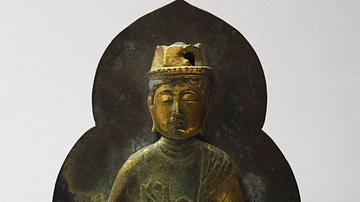
Image
Statuette of Hoharamitsu Bosatsu
This Japanese statuette of Hoharamitsu Bosatsu dates from the 12th century CE and the Heian Period. It was excavated at Mt. Nachi in Wakayama, Japan, and it is made of gilt bronze. (Tokyo National Museum)
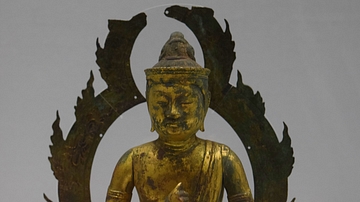
Image
Japanese Statuette of Buddha
This Japanese statuette of Buddha dates from the 12th century CE and the Heian Period. It was excavated at Mt. Nachi in Wakayama, Japan, and it is made of gilt bronze. (Tokyo National Museum)
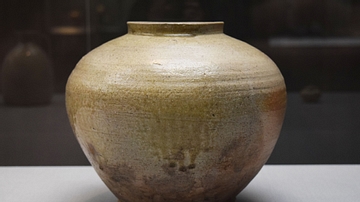
Image
Ancient Japanese Jar
This ancient Japanese jar dates from the 8th century CE, which corresponds to the Nara period in Japanese history. It is made of clay and natural glaze. (Tokyo National Museum)
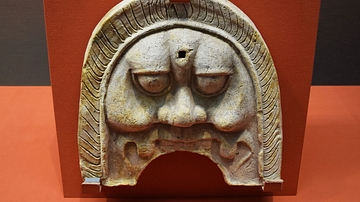
Image
Ancient Japanese Tile
This ridge-end tile is from the former Fuchidaka Temple site in Aichi, Japan. It dates from the 8th century CE, which corresponds to the Nara period in Japanese history. (Tokyo National Museum)
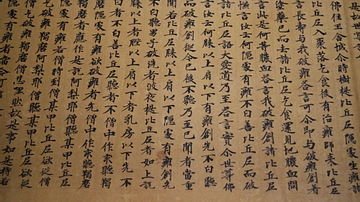
Image
Portion of a Japanese Monastic Code of Conduct
This is a selection from the "Gogatsu tsuitachi kyo" compilation, vol. 39, and it details the rules and regulations for monks in ancient Japan. It dates from 740 CE, which corresponds to the Nara period in Japanese history. It was made from...
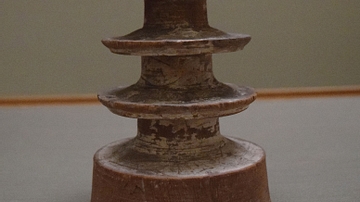
Image
Maquette of an Ancient Japanese Pagoda
This is one of the "One Million Pagodas" that were made of wood during the Nara period, around c. 770 CE. (Tokyo National Museum)
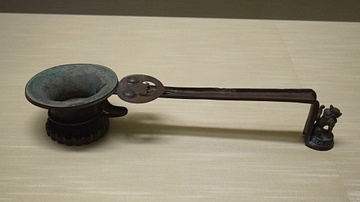
Image
Ancient Japanese Incense Burner
This ancient Japanese incense burner has a lion-shaped weight at the end of its handle. It was cast in bronze and dates from the 8th century CE during the Nara period in Japanese history. (Tokyo National Museum)
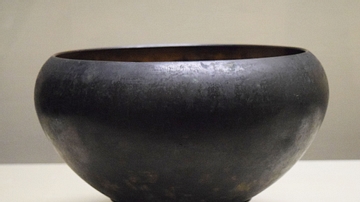
Image
Bowl from Nara Period Japan
This forged gilt bronze bowl dates from the 8th century CE. Bowls were one of the six items that a Buddhist priest was expected to have on his person. This bowl, used for making food offerings to the Buddha, was placed on a ring-like stand...
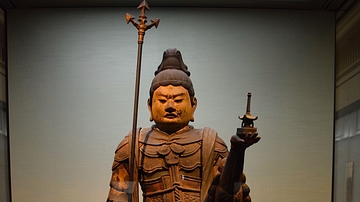
Image
Japanese Bishamon Ten Scuplture
Made of wood with polychrome, cut gold leaf, and crystal eyes, this is one of the most remarkable statues from ancient Japan. The ink inscription eclosed in the statue of Bishamon Ten (Vaisravana) reveals that it was dedicated on the seventh...
![Charioteer of Delphi [Illustration]](https://www.worldhistory.org/img/c/p/360x202/7778.jpg?v=1619702102)
Image
Charioteer of Delphi [Illustration]
The sculpture, whose artist's name is unknown, was probably donated by Gelon to the sanctuary of Apollo in Delphi to commemorate his victory in a chariot race in the 63th Olympiad of 488 BCE. It was supposed to represent the lord of Gela...